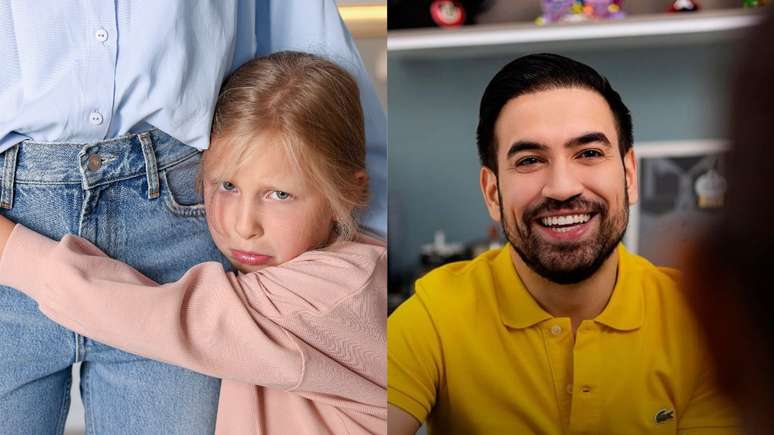The capital’s public pediatric intensive care units are 87% occupied. The cause of most infections is respiratory syncytial virus.
You hospitals in São Paulo have faced a significant increase in the number of visits to infants and children with symptoms of respiratory diseases in recent weeks. The cause of most infections is an old acquaintance of doctors: the respiratory syncytial virus (RSV).
“Children up to the age of 2 in particular are very prone to serious illnesses, e.g bronchiolitis“, warns intensive care physician Anderson Oliveira.
Due to the increase in respiratory diseases in children (0 to 12 years old), the capacity of Pediatric Intensive Care Units (ICUs) in the public health network of São Paulo is running out. On Tuesday, 87% of the 124 beds available in the capital’s municipal network were occupied, and 70% of that percentage were for children suffering from respiratory diseases, according to the municipal health commissioner.
In the statewide network of São Paulo, which has 888 beds in pediatric intensive care and semi-intensive care units, the average pediatric occupancy rate on Wednesday was 72.07% for directly administered hospitals and 75.64% % for hospitals run by NHSs, according to the state department of health.
Again according to the file, in the months of January and February 2023 alone, around 14,000 children diagnosed with respiratory diseases were hospitalized.
The state references for pediatric assistance are the hospitals Darcy Vargas, in Morumbi, and Cândido Fontoura, in Belenzinho. In Cândido Fontoura, occupancy in both the pediatric intensive care unit and the neonatal intensive care unit was 85% on Wednesday, according to the state health department.
In the beds of the pediatric wards the occupancy rate was 92%. At Darcy Vargas Hospital, occupancy in the pediatric intensive care unit was 83.8% and in the neonatal intensive care unit 53.9%. Pediatric ward beds recorded the highest occupancy rate: 99.8%.
Half of the cases are RSV; covid represents 1/3 of the tests
OR Infoflu bulletina weekly survey published by the Osvaldo Cruz Foundation (Fiocruz), found that in the four-week period ending April 22, nearly half (48.6%) of laboratory-positive severe acute respiratory syndrome cases were caused by RSV, while coronavirus caused 29.5% of cases. That’s a difference of nearly 20 percentage points.
According to doctor Anderson Oliveira, who is also a general surgeon and medical director, the growth of respiratory diseases is common from late March to July, but there is a higher incidence this year.
“In São Paulo, the hospitalization rate has increased by 40% and some pediatric intensive care units have reached 90% occupancy. This is not common,” he warns.
“RSV is the leading cause of bronchitis and other serious acute respiratory diseases, and can increase the mortality rate, especially in children under two years of age. Children born prematurely, with diseases such as asthma or with malformations also have a poor prognosis,” it reads.
The doctor points out that this virus is much more serious for children than for adults, due to the lower level of immunity achieved.
There is no vaccine against RSV, but experts say immunizing children against the flu and covid-19 also helps them avoid illnesses caused by RSV.
“Although we do not yet have a vaccine available for RSV, getting children vaccinated against flu and covid-19 reduces the chance that children will have respiratory problems from these other viruses, which are also dangerous. This decreases the their own exposure. gives our children to RSV in hospitals and health centers,” says researcher Marcelo Gomes, coordinator of InfoGripe.
Source: Terra
Ben Stock is a lifestyle journalist and author at Gossipify. He writes about topics such as health, wellness, travel, food and home decor. He provides practical advice and inspiration to improve well-being, keeps readers up to date with latest lifestyle news and trends, known for his engaging writing style, in-depth analysis and unique perspectives.









